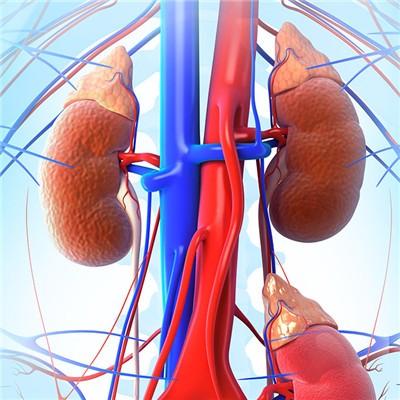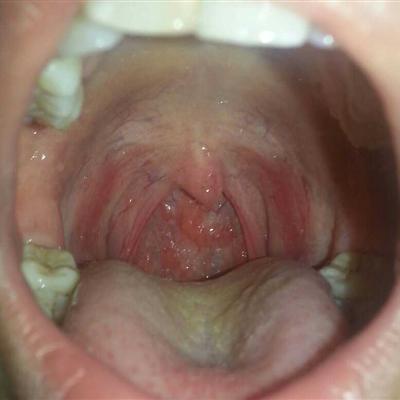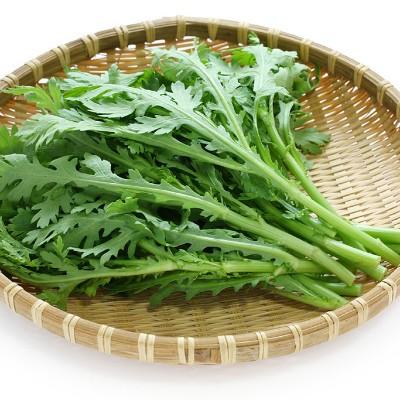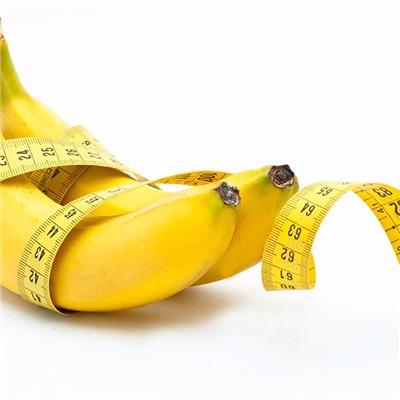Diet nursing after replantation of severed finger
summary
When people have broken limbs due to accidents, we should not only actively cooperate with the treatment, but also pay attention to the diet and functional exercise after the operation. Now let's understand what we should do after the finger amputation operation!
Diet nursing after replantation of severed finger
Eat less fat, high sugar, spicy, fried food and Baijiu, coffee and other stimulating drinks, eat more vegetables, fruits, fiber food, drink plenty of water. Keep a good mood, ensure a good sleep, strengthen physical exercise.
After replantation of severed fingers, we should strengthen nutrition, eat more high protein and high vitamin diet, supplement more calcium, and don't eat spicy food. It's best to prevent infection at the operation site.
After replantation of severed fingers, a large amount of protein is needed to promote wound healing. High protein food such as chicken, fish, meat, eggs and bean products should be encouraged. Vitamin, iron and calcium should be supplemented to correct anemia and enhance resistance.
matters needing attention
1. From the 5th day after replantation of severed fingers, guide patients to actively exercise the affected wrist joint, interphalangeal joint and metacarpophalangeal joint of healthy fingers, 3 hours a day. 2. On the 14th day after the operation, the affected fingers were trained to carry or hold sandbags with the cooperation of healthy fingers. The sandbags weighed 50-100g. They continued to actively exercise the normal joints of the affected hand for 3 hours a day. 3. On the 45th day after the operation, the Kirschner wire was removed. 48 hours later, the active and passive movements of the interphalangeal joint and metacarpophalangeal joint of the affected finger were carried out under the guidance of the rehabilitation therapist. The passive movement speed should be slow. Gradually increase the strength. When the limit angle is reached, keep it for 10-20 minutes, and then slowly reduce the external force, so as to stretch and bend repeatedly. The range of passive motion increases from small to large, daily or weekly. The active movements of the affected fingers include the activities of the metacarpal and interphalangeal joints in all directions, as well as the movements of the palms, fingers, grasping fists and releasing fists. Auxiliary use of rubber mesh, screws and nuts and other tools to train finger strength, 6 hours a day. 4. On the 90th day after operation, we focused on training the flexibility, coordination and accuracy of finger movements, such as racking, pitching, catching, throwing rings, using spoons, chopsticks, writing and combing. We also trained the ability of two hand cooperation, such as knotting, untwisting, typing and playing piano, for 4 hours a day.














